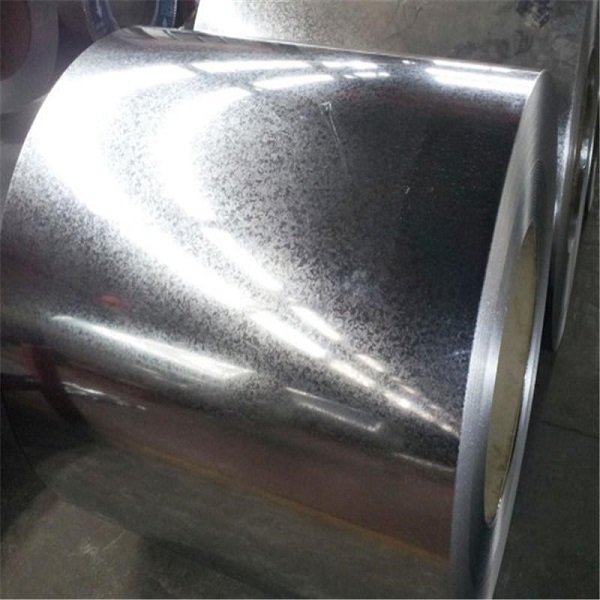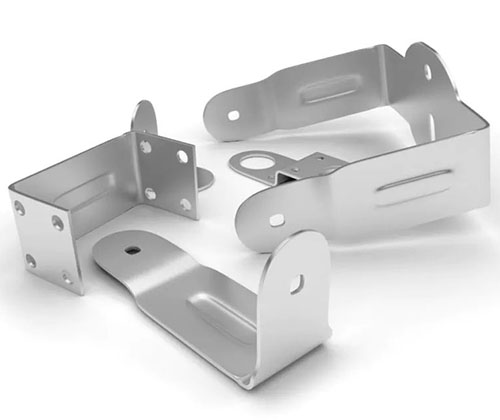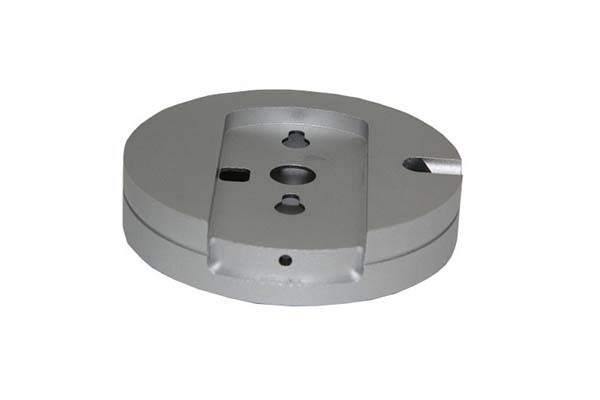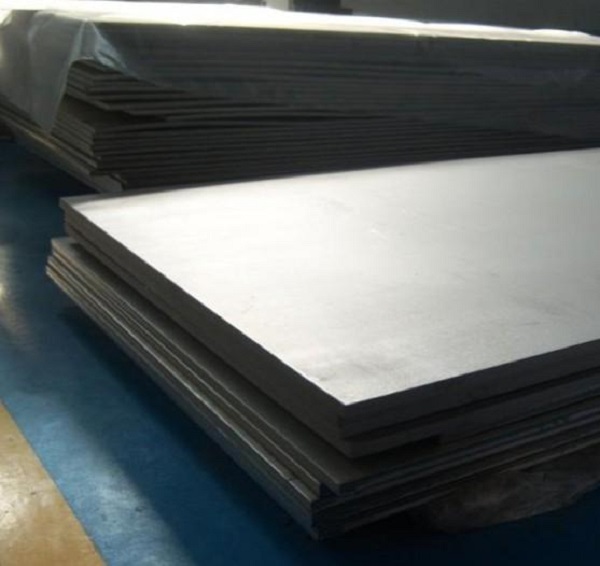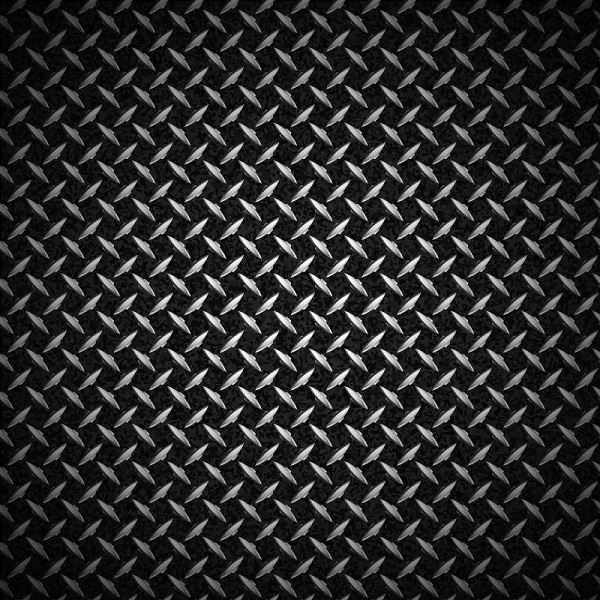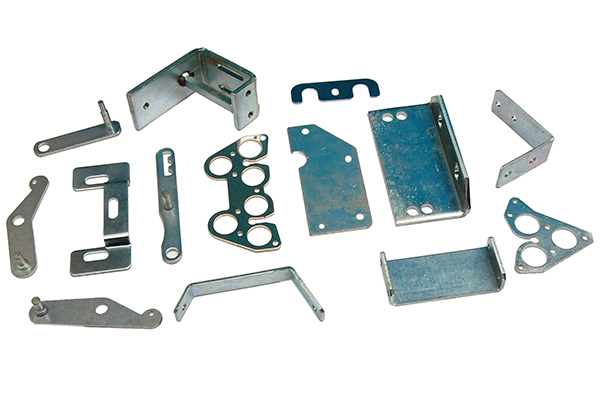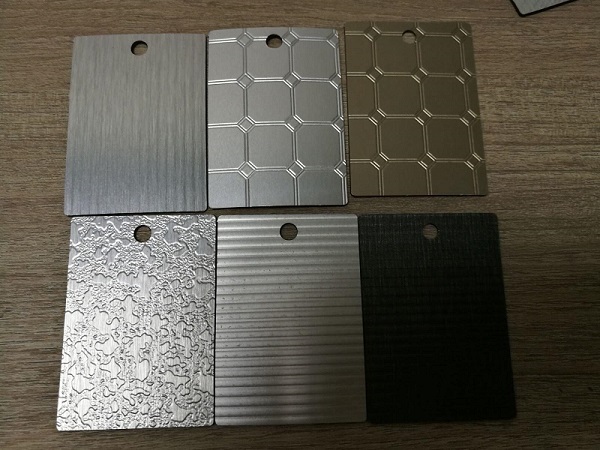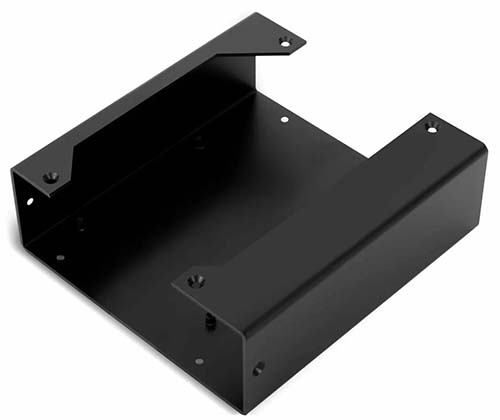What is Galvanized Sheet Metal?
Galvanized sheet metal, as the name implies, is a type of sheet metal that has undergone a galvanizing process. Galvanization is the process of applying a protective zinc coating to steel or iron to prevent rusting. This protective layer acts as a shield, significantly enhancing the metal's durability and lifespan.
Common Galvanizing Methods
- Hot - Dip Galvanizing: This is the most prevalent method. In hot - dip galvanizing, the steel or iron sheet is submerged in a bath of molten zinc at a temperature of around 450°C (840°F). As the metal cools, a metallurgical bond forms between the steel and the zinc, creating a thick, durable coating. The thickness of the zinc coating can vary but typically ranges from 50 to 150 micrometers, depending on the application requirements. For example, in outdoor construction applications like fences and roofing, a thicker coating of around 80 - 120 micrometers is often used to ensure long - term corrosion resistance.
- Electro - Galvanizing: In electro - galvanizing, an electric current is used to deposit a thin layer of zinc onto the metal surface. The process occurs in an electrolytic bath containing zinc salts. This method results in a relatively thinner zinc coating, usually in the range of 5 to 15 micrometers. Electro - galvanized sheet metal is often used in applications where a more aesthetically pleasing finish is required, such as in some automotive parts and electronic enclosures.
Galvanized sheet metal comes in various grades and thicknesses to suit different industrial and DIY needs. Thicknesses can range from as thin as 0.4 mm for applications like light - duty ductwork to over 3 mm for heavy - duty structural components. The different grades are determined by factors such as the quality of the base metal, the thickness and quality of the zinc coating, and the mechanical properties of the sheet metal.
Types of Galvanized Sheet Metal
There are mainly two types of galvanized sheet metal, each with its own unique manufacturing process, characteristics, and applications.
1. Hot - Dip Galvanized Sheet Metal
Manufacturing Process: Hot - dip galvanized sheet metal is produced by immersing the steel or iron sheet into a bath of molten zinc at approximately 450°C (840°F). As the metal cools, a metallurgical bond forms between the base metal and the zinc, creating a thick, multi - layer zinc - iron alloy coating. The thickness of the coating can be adjusted according to different requirements, usually ranging from 50 to 150 micrometers.
Characteristics: It has excellent corrosion resistance, even in harsh outdoor environments. The thick zinc coating provides long - term protection against rust and oxidation. The coating also has good abrasion resistance, which can withstand physical wear and tear during normal use. For example, a hot - dip galvanized sheet metal used in a coastal area fence can resist the corrosive effects of salt - laden air for more than 20 years without significant degradation.
Applications: Hot - dip galvanized sheet metal is widely used in outdoor construction projects. It is commonly used for roofing, where its corrosion resistance ensures a long - lasting and leak - free roof. In the construction of industrial buildings, hot - dip galvanized steel frames and cladding panels are preferred due to their durability and low maintenance requirements. It is also used in the manufacturing of outdoor signage, highway guardrails, and agricultural equipment, all of which need to withstand the elements.
2. Electro - Galvanized Sheet Metal
Manufacturing Process: Electro - galvanized sheet metal is produced through an electroplating process. In this process, an electric current is passed through an electrolytic bath containing zinc salts. The zinc ions in the bath are then deposited onto the surface of the steel or iron sheet, forming a zinc coating. The thickness of the electro - galvanized coating is relatively thin, typically ranging from 5 to 15 micrometers.
Characteristics: Electro - galvanized sheet metal has a very smooth and uniform surface finish, which makes it aesthetically pleasing. It offers good corrosion resistance for indoor applications or in less - corrosive environments. However, compared to hot - dip galvanized sheet metal, its corrosion resistance is lower due to the thinner coating. For instance, in a normal indoor environment, an electro - galvanized product can maintain its appearance and integrity for about 5 - 10 years.
Applications: It is often used in the manufacturing of electronic device enclosures, where the smooth surface finish is important for both aesthetics and functionality. In the automotive industry, electro - galvanized sheet metal is used for some internal components and parts that do not require extreme corrosion resistance but need a good - looking finish. It is also used in the production of household appliances like refrigerators and washing machines, where the focus is on appearance and moderate corrosion protection.
Applications of Galvanized Sheet Metal
Galvanized sheet metal is widely used across various industries due to its excellent corrosion resistance, durability, and cost - effectiveness. Here are some of its main applications:
1. Construction Industry
In the construction industry, galvanized sheet metal is everywhere. Roofing is one of the most common applications. Galvanized sheet metal roofs can last for 20 - 50 years, depending on the quality of the sheet metal and the environmental conditions. For example, in a typical suburban house in a non - coastal area, a hot - dip galvanized steel roof with a thickness of 0.5 - 0.8 mm can provide reliable protection against rain, snow, and sunlight for over 30 years. The zinc coating prevents the steel from rusting, which could otherwise lead to leaks and structural damage.
Wall cladding is another area where galvanized sheet metal shines. It can be used to create an attractive and durable exterior for buildings. Galvanized sheet metal wall panels are easy to install, and their corrosion resistance means they can maintain their appearance in both urban and rural environments. In industrial buildings, galvanized sheet metal is often used for siding because it can withstand the harsh conditions of industrial areas, such as exposure to chemicals and pollutants.
2. Automotive Industry
In automotive manufacturing, galvanized sheet metal plays a crucial role. Car bodies are often made with a significant amount of galvanized sheet metal. The use of galvanized steel in car bodies can improve the vehicle's corrosion resistance, especially in areas that are exposed to moisture, road salt (in winter in cold regions), and other corrosive substances. For instance, the lower parts of a car body, such as the doorsills and wheel arches, are more prone to rust. Using galvanized sheet metal in these areas can extend the lifespan of the car body by up to 10 - 15 years compared to using non - galvanized steel.
Many automotive components also utilize galvanized sheet metal. Parts like brackets, frames, and some interior components are made from galvanized sheet metal. The corrosion resistance of these components ensures the proper functioning of the vehicle over a long period. For example, the battery tray, which is often exposed to battery acid vapors, is typically made of galvanized sheet metal to prevent corrosion and ensure the safe operation of the battery.
3. Other Industries
- Agricultural Industry: Galvanized sheet metal is used in agricultural equipment and structures. Farm buildings, such as barns and sheds, often have galvanized sheet metal roofs and siding. The long - lasting nature of galvanized sheet metal makes it suitable for these applications, as agricultural structures need to withstand the elements and the corrosive environment caused by animal waste and fertilizers. Galvanized sheet metal is also used to make components of farming machinery, like tractor hoods and grain storage bins.
- Appliance Industry: In the manufacturing of household appliances, galvanized sheet metal is used for parts like the outer casings of refrigerators, washing machines, and dryers. It provides protection against corrosion, especially in humid environments like laundry rooms. The smooth surface of electro - galvanized sheet metal is also aesthetically pleasing, which is important for consumer - facing products. For example, the body of a refrigerator made of galvanized sheet metal not only protects the internal components but also gives the appliance a sleek and durable finish.
Yigu Technology's Viewpoint
As a non - standard plastic metal products custom Supplier, Yigu Technology highly values the use of galvanized sheet metal in custom manufacturing. The excellent corrosion resistance and durability of galvanized sheet metal make it suitable for non - standard products in various complex environments, meeting different customers' requirements for product lifespan and performance. For example, in some industrial equipment with high - humidity and corrosive working conditions, the use of galvanized sheet metal can ensure the long - term stable operation of the equipment.
Moreover, Yigu Technology can combine galvanized sheet metal with other materials according to customers' needs, creating higher - quality non - standard plastic metal products. This not only gives full play to the advantages of galvanized sheet metal but also integrates the characteristics of other materials to achieve better functionality and performance in the final product.
FAQs about Galvanized Sheet Metal
1. How can I tell if galvanized sheet metal is of good quality?
To determine the quality of galvanized sheet metal, first, check its appearance. High - quality galvanized sheet metal should have a smooth and uniform zinc coating without visible blisters, cracks, or dents. The color of the zinc coating should be consistent, with a bright, metallic sheen.
Secondly, measure the thickness of the zinc coating. For hot - dip galvanized sheet metal, the thickness should typically be between 50 - 150 micrometers, while for electro - galvanized sheet metal, it is usually 5 - 15 micrometers. You can use a coating thickness gauge for accurate measurement.
Finally, test its hardness. Good - quality galvanized sheet metal should have appropriate hardness to resist deformation during normal use. A simple scratch test can be done using a sharp object (but be careful not to damage the sheet too much). If it is too easy to scratch, the quality may be suspect.
2. Can galvanized sheet metal be painted?
Yes, galvanized sheet metal can be painted. However, proper surface preparation is crucial before painting. First, clean the galvanized surface thoroughly to remove any dirt, oil, or dust. You can use a degreaser and a clean cloth for this purpose.
Then, it is recommended to etch the surface. An etching primer can be applied to improve the adhesion of the paint to the zinc coating. This primer helps to create a better bond between the metal and the top - coat paint.
When choosing paint, select a type that is compatible with galvanized metal. For example, acrylic - based paints often work well. Also, make sure to follow the paint manufacturer's instructions regarding application methods, drying times, and the number of coats required.
3. What is the difference between hot - dip galvanized and electro - galvanized sheet metal in terms of cost?
Generally, hot - dip galvanized sheet metal is more expensive than electro - galvanized sheet metal. The cost difference can range from 20% - 50% higher for hot - dip galvanized products, depending on factors like the market price of zinc and the thickness of the sheet metal.
The higher cost of hot - dip galvanized sheet metal is mainly due to its more complex manufacturing process. The hot - dip process involves submerging the metal in a bath of molten zinc at a high temperature of around 450°C (840°F), which requires more energy and equipment. In contrast, electro - galvanizing uses an electric current in an electrolytic bath, which is a less energy - intensive and less complex process, resulting in a lower production cost.
